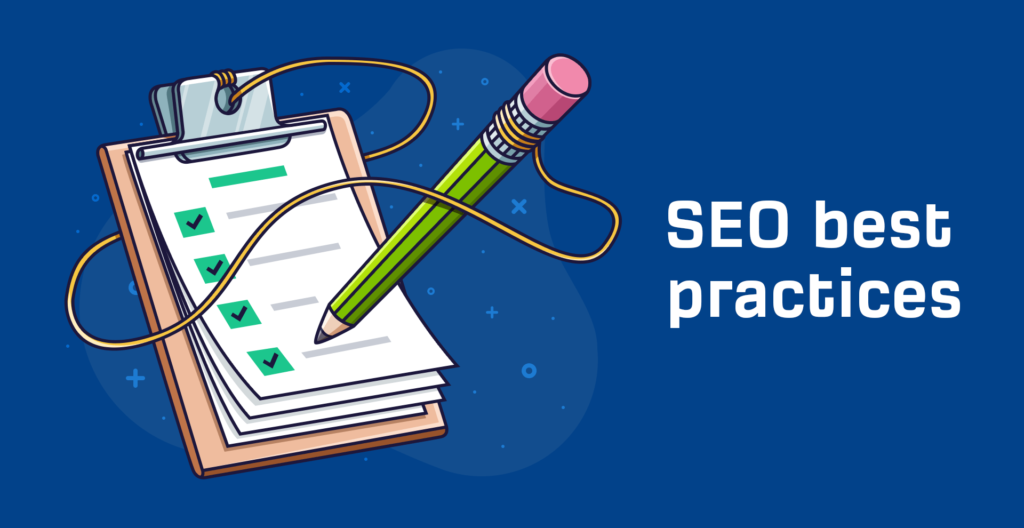
Best SEO (Search Engine Optimization) practices are essential to improve website visibility and rankings on search engine results pages (SERPs). Here’s a guide to key SEO techniques:
1. Keyword Research and Optimization
- Find Relevant Keywords: Use tools like Google Keyword Planner, SEMrush, or Ahrefs to find keywords that align with your content and have high search volume but low competition.
- Target Long-Tail Keywords: These are more specific and less competitive, making it easier to rank.
- Keyword Placement: Use primary keywords in the title, meta description, URL, and headers. Ensure they appear naturally throughout the content.
2. Create High-Quality, Engaging Content
- User-Centered Content: Write for users, not just for search engines. Ensure the content is informative, useful, and meets the search intent.
- Length and Depth: Long-form content (1,500+ words) tends to rank better, but make sure it’s comprehensive and not just long for the sake of it.
- Regular Updates: Keep content fresh by updating old posts and regularly posting new content.
3. On-Page SEO
- Title Tags and Meta Descriptions: Optimize for clarity and include relevant keywords. The title tag should be around 50-60 characters and meta description 150-160 characters.
- Use of Headers (H1, H2, H3, etc.): Structure your content using headers to make it easy to read and improve keyword relevance.
- Internal Linking: Link to other relevant pages on your site to improve navigation and user engagement.
- Image Optimization: Use descriptive file names and alt text with keywords for images. Compress images to improve load times.
4. Technical SEO
- Mobile-Friendliness: Ensure your site is responsive and provides a great user experience across all devices. Google’s Mobile-First Index prioritizes mobile-friendly sites.
- Site Speed: Page load time is crucial for SEO. Use tools like Google Page Speed Insights to identify areas for improvement.
- XML Sitemap: Submit an XML sitemap to Google Search Console to help search engines crawl and index your website efficiently.
- Structured Data: Implement schema markup to help search engines understand your content better. This can improve your chances of appearing in rich snippets.
5. Backlinking (Off-Page SEO)
- High-Quality Backlinks: Focus on earning backlinks from reputable, authoritative websites. Avoid low-quality or spammy links.
- Guest Blogging: Write guest posts on authoritative sites within your niche to build backlinks.
- Broken Link Building: Reach out to sites with broken links and suggest your content as a replacement.
6. Local SEO (If Applicable)
- Google My Business: Create and optimize your Google My Business profile to appear in local searches.
- Local Citations: Ensure your business is listed accurately across local directories (Yelp, TripAdvisor, etc.).
- Local Keywords: Use local keywords in your content, meta tags, and anchor texts (e.g., “Vellore cab rentals”).
7. User Experience (UX)
- Easy Navigation: Ensure that visitors can easily navigate your site and find the content they need.
- Low Bounce Rate: Provide relevant content that satisfies user intent to keep them on the page longer.
- Engaging CTAs: Include clear and compelling calls-to-action to improve conversions.
8. Monitor Performance
- Use Google Analytics: Track user behavior, bounce rate, traffic sources, and conversion rates to identify areas for improvement.
- Google Search Console: Monitor site performance, index coverage, and identify any crawl errors.
By combining these strategies, you’ll improve your site’s SEO, increase traffic, and enhance the overall user experience.


